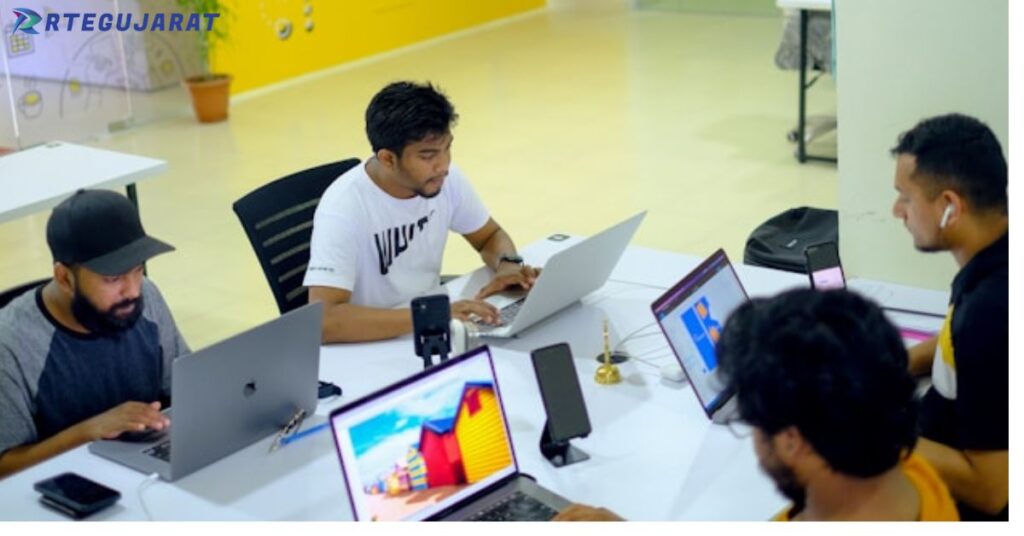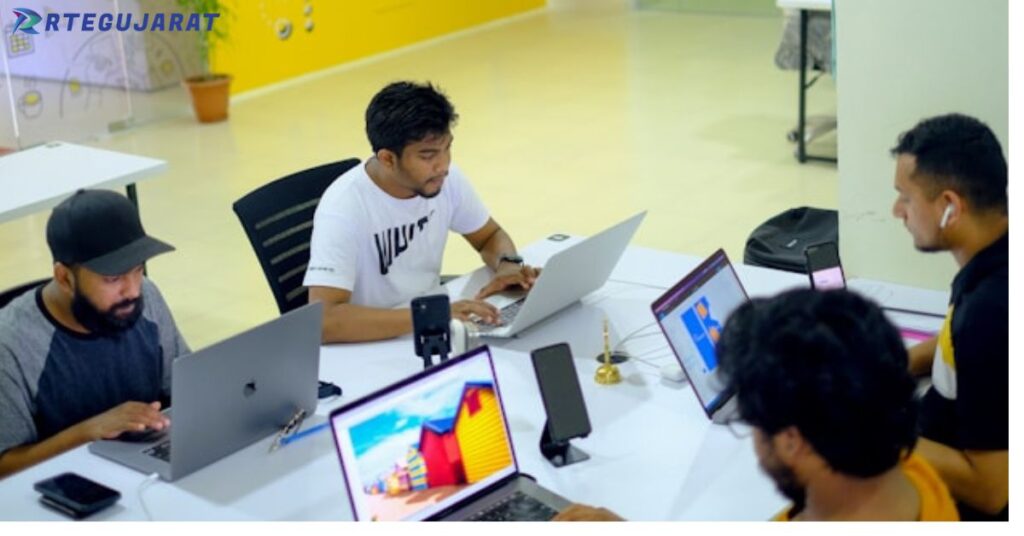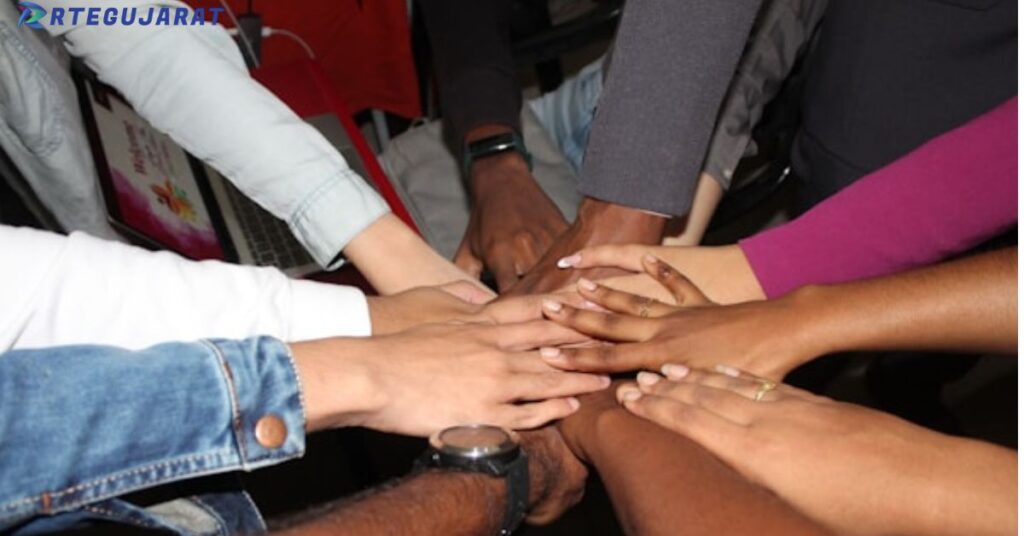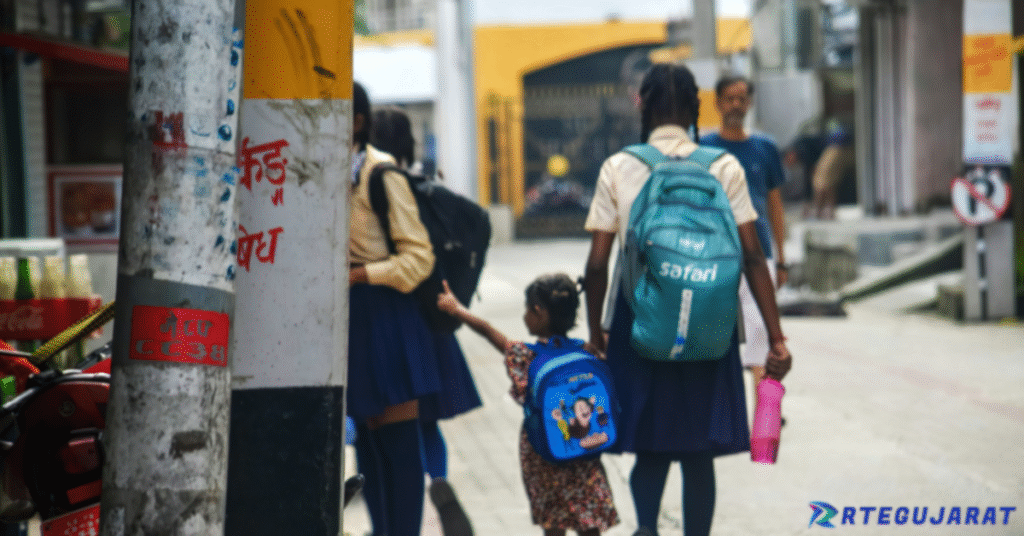Imagine waking up one morning and finding your school destroyed, the books scattered, the classrooms empty, and teachers gone. Sadly, this is the daily reality for millions of children living in war and conflict zones around the world.
That’s why the Right to Education Initiative (RTE) and the Global Coalition to Protect Education from Attack (GCPEA) recently joined forces to shine a light on this growing crisis. On 8 September 2025, they hosted a global webinar titled “Documenting the Impact of Attacks on Education.” The event marked the International Day to Protect Education from Attack, reminding the world that education is not just a privilege — it’s a right that must be protected, even in times of war.
Why This Webinar Mattered

The online event brought together more than 120 participants — researchers, teachers, activists, journalists, and representatives from international organizations such as UNESCO, INEE, and the Global Campaign for Education (GCE).
The goal was simple yet powerful:
To understand how wars and violence destroy education systems — and to find real ways to protect students and teachers caught in the middle.
The session was conducted in English, with live translations in French, Spanish, and Arabic, making it truly global and inclusive.
⚠️ The Alarming Rise in Attacks on Education

The discussion opened with Allyson Bachta, Senior Researcher at GCPEA, who shared a shocking reality.
“Attacks on education are rising at an alarming pace,” she said.
According to the UN’s Children and Armed Conflict Report (2024), there were over 41,000 serious violations against children, including a 44% increase in attacks on schools. That’s the highest number in nearly 30 years.
Countries like Palestine, the Democratic Republic of Congo, Haiti, Mozambique, and Colombia are facing the worst of these attacks, where schools are bombed, teachers threatened, and children forced to flee or even join armed groups.
Bachta explained the big dilemma researchers face:
- If they wait too long to verify data, children suffer without help.
- But if they act too quickly, inaccurate reports can harm credibility and slow justice.
It’s a delicate balance — saving lives while keeping the truth clear and verified.
Sharing Evidence, Stories, and Hope
The webinar wasn’t just about numbers — it was about real stories and real people.
Experts, teachers, and local activists shared how violence affects students, teachers, and entire communities.
1. The UNESCO Perspective
Rolla Moumne, who leads UNESCO’s Right to Education Program, reminded everyone that:
“Education is a right that cannot be taken away — not even during war.”
She shared examples from Afghanistan, where girls are still barred from studying beyond primary school. UNESCO’s research shows that despite international promises, many children still can’t access basic education due to violence, fear, and discriminatory laws.
Rolla urged world leaders to treat education as essential as food and healthcare in humanitarian aid.
2. Voices from Mali
Juliana Lima, Project Manager at RTE, presented findings from Mali — a region deeply affected by armed conflict.
She revealed that 81% of surveyed children there were out of school for more than two years.
This led to heartbreaking consequences:
- Many were pushed into child labor or early marriages.
- Some joined armed groups or fell into delinquent behavior just to survive.
Her message was clear: when education stops, every other right suffers too.
3. Violence Against Teachers

From the Institute of Development Studies, Dr. Gauthier Marchais shared a 4-year study on violence against teachers in the Democratic Republic of Congo and Niger.
Teachers in these regions often face daily threats, harassment, or even physical violence.
Some develop PTSD (post-traumatic stress disorder), which affects their mental health and ability to teach.
Yet, many continue their work with courage — turning classrooms into spaces of safety and hope.
4. The Case of Colombia
Jerome Marston, Head of Research at Kobo Toolbox, talked about Colombia, where over 600 attacks on schools, teachers, and students were recorded.
He revealed that after such attacks:
- 20% of students struggled to continue learning.
- 1 in 4 teachers showed PTSD symptoms.
His research also showed how military occupation of schools often leads to more attacks, turning educational spaces into battlegrounds.
Storytelling That Moves the World
Sometimes, statistics aren’t enough to touch hearts. That’s where art and storytelling come in.
Diego Ibarra Sánchez, a photojournalist, shared his project “Hijacked Education” — a visual journey showing how war destroys schools and dreams.
He reminded everyone:
“War doesn’t end with the last bullet — its effects last for generations.”
His photographs capture not just broken buildings, but broken hopes — and the strength of children rebuilding their futures through creativity and courage.
📘 Launching a New Advocacy Brief
At the end of the webinar, Delphine Dorsi, Director of the Right to Education Initiative, launched a new Advocacy Brief titled:
“Monitoring the Right to Education in Conflict-Affected Contexts – Key Insights and Strategic Recommendations.”
The brief offers practical solutions for improving data collection and collaboration between:
- Civil society organizations
- Governments
- Local communities
It highlights that collecting reliable data in war zones isn’t just about numbers — it’s about saving lives and ensuring accountability.
The document is available in English, French, Spanish, and Arabic, so global partners can use it for advocacy and policy change.
Looking Ahead: Turning Evidence into Protection

The event closed with a powerful message — education must never be a target.
Participants agreed that protecting schools and children requires:
- Continuous funding for education in emergencies
- Better data to hold perpetrators accountable
- And stronger collaboration between local and international communities
Documenting attacks on education isn’t just research — it’s a moral duty to ensure every child, no matter where they are, has the right to learn in peace.
Final Thoughts
When schools are destroyed, a generation’s future disappears with them.
But when we protect education — even in the darkest times — we protect hope, freedom, and humanity itself.
Let’s continue to stand together for every child’s right to learn, because education should never be a casualty of war.
Sources
Right to Education Initiative (RTE): right-to-education.org



1 thought on “Right to Education in Conflict Zones: Protecting Schools, Students, and Hope”
Pingback: B.Com Admission Gujarat 2025: Complete Guide